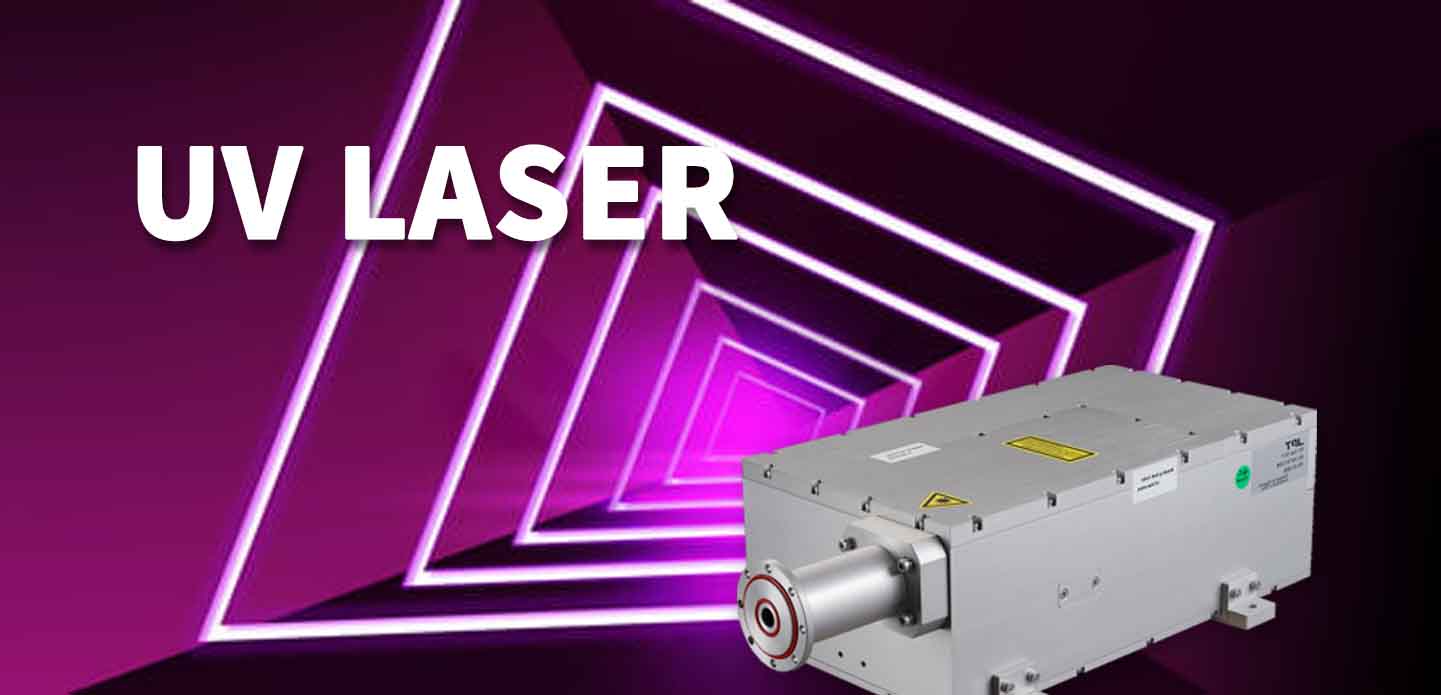The advent of laser technology has revolutionized many sectors, from manufacturing to healthcare, with its precision and efficiency. Among the array of laser wavelengths, the Laser UV 405nm wavelength stands out for its unique qualities and versatile applications. This specific range of ultraviolet light has garnered increasing attention due to its capabilities, particularly in optimizing processes, enhancing product quality, and offering innovative solutions across various fields.
**Understanding Laser UV 405nm Technology**
Laser UV 405nm technology utilizes ultraviolet light at 405 nanometers, which falls within the visible spectrum but is adjacent to ultraviolet radiation. This specific wavelength is highly effective in a range of applications due to its ability to be absorbed by various materials without causing significant thermal damage. The laser’s precision makes it a valuable tool in fields such as medical diagnostics, material processing, and even entertainment.
**Applications in Healthcare**
One of the most promising applications of Laser UV 405nm is in the healthcare industry. This wavelength can be particularly effective for photodynamic therapy (PDT), where light-sensitive compounds are activated by UV light to produce reactive oxygen species that can target and destroy cancer cells. PDT offers a minimally invasive alternative to traditional cancer treatments, reducing side effects and improving patient recovery times.
Additionally, Laser UV 405nm has applications in sterilization and disinfection. The ability to effectively kill bacteria and viruses at this wavelength makes it an invaluable tool in hospitals and clinics, vital for preventing infections and maintaining a sterile environment. Research has shown that UV light at this wavelength can achieve a significant germicidal effect, leading to its adoption in various medical equipment sanitization processes.
**Enhancements in Manufacturing and Material Processing**
The manufacturing sector has also embraced Laser UV 405nm technology for its efficiency and precision in material processing. The wavelength is particularly effective in curing materials such as resins and coatings. When exposed to UV light, these materials undergo chemical reactions that result in rapid curing, significantly reducing production time and increasing throughput.
For industries that rely on rapid prototyping or high-precision applications, such as electronics and automotive manufacturing, the use of Laser UV 405nm can lead to superior surface finishes and enhanced product quality. Moreover, the ability to target specific areas without affecting surrounding materials optimizes resource use and minimizes waste during production.
Another key advantage is its application in the printing industry. Laser UV 405nm is extensively used in digital printing technology, where inks containing photoinitiators react upon exposure to UV light, quickly hardening and adhering to surfaces. This rapid curing process allows for high-resolution prints on a variety of substrates, thereby expanding the range of printing options available to businesses.
**Innovations in Consumer Products**
Beyond industrial applications, Laser UV 405nm is making waves in the consumer products sector as well. For example, the technology is integrated into various beauty products, enabling quick and effective drying of gels and treatments. Consumers benefit from faster salon services requiring less time spent waiting for products to cure.
Moreover, the technology supports the production of more durable and aesthetically pleasing consumer goods, enhancing overall customer satisfaction. The light’s ability to produce intricate designs without compromising the structural integrity of the items is a significant advancement over traditional methods.
**Challenges and Future Prospects**
Despite its many benefits, there are still challenges associated with the widespread adoption of Laser UV 405nm technology. Safety concerns related to UV exposure and the need for necessary protective measures are crucial considerations, both in the workplace and consumer settings. However, ongoing research and development are addressing these issues, making safety protocols more efficient and accessible.
As industries continue to explore the capabilities of Laser UV 405nm technology, we can expect further innovation and advancements in its applications. From medical breakthroughs to manufacturing enhancements, the future looks promising for this adaptable and powerful tool. Continuous investment in research and improved laser technology is likely to open new avenues for its use and further cement its role in shaping the future of various industries.
In conclusion, Laser UV 405nm technology serves as a pivotal element in modern industrial practices, healthcare advancements, and consumer product innovations. Its unique properties and versatility hold tremendous potential for further development, making it an exciting focus area in the field of science and technology.
由投稿用户稿件整理稿件发布,不代表本站观点及观点,更多交流学习之用,如涉及版权等问题,请随时联系我们(yangmei@bjjcz.com),我们将在第一时间给予处理。






